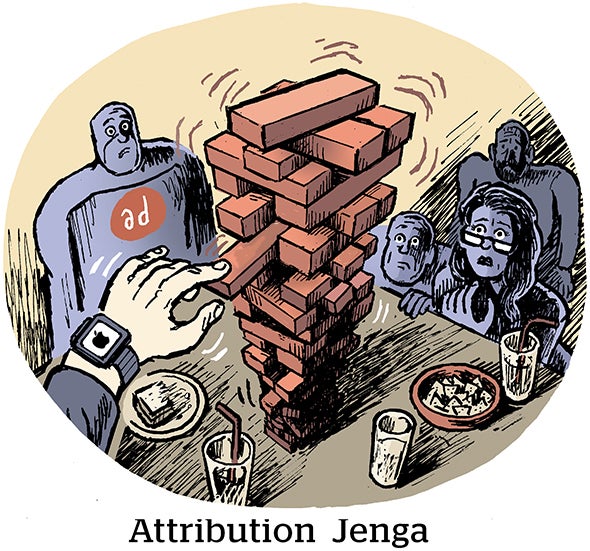Thanks to TiVo, some boffo box-office hits and iPod, the stars aligned in 2004 to boost marketer investment in entertainment properties to new heights.
But how exactly to characterize the investment? Sponsorships and licensing are up (see sections in this report), and those are arguably entertainment buys. And marketers are investing heavily in brand integration and product placement — but often define those as part of an ad budget. How is entertainment allocated in the promotion budget?
Brands tend to see it everywhere and nowhere specific. Just 7.1% of marketers polled for the 2005 Industry Trends Report put entertainment in their top spending tier. But whether it was product placement in TV or online brand extensions, 2004 was all about crossing brands beyond their original product line. In 2005, experts say, consumers can expect even more.
Some of the year’s significant changes came in the way of brands and marketers building more like-minded partnerships to reach an audience.
“Partnerships have gotten stronger,” says Mitch Litvak, president of The L.A. Office, an agency that matches entertainment properties and brands. “Studios are becoming more educated with partners’ needs.”
Via SBC’s deal for the Disney/Pixar film The Incredibles, for example, Pixar-animated SBC commercials promoted SBC Yahoo! DSL service, Litvak says. SBC offered movie tickets to new customers who bought broadband or satellite service.
Another example is Ashley Furniture Industries’ $7 million-plus tie in with Twentieth Century Fox’s Garfield: The Movie. Retailers rewarded consumers who bought recliners or furniture packages with a Garfield gift.
Stores promoted a Father’s Day coloring contest for kids, offering the winner an Ashley recliner. In addition, Ashley offered a national sweepstakes featuring a trip to the movie’s premiere, hotel rooms and home entertainment furniture. Westbury, NY-based Centra Marketing & Communications LLC handled.
The promotion marked a first for Ashley in entertainment marketing, says Bob Bell, COO of Centra Marketing, doubling company sales from 45% to 90%. “The value was in the property,” Bell adds.
Television saw a revival in “brand integration” in 2004, in part to stay ahead of digital recording technologies. NBC’s The Apprentice is a prime example with mega brands like Crest and Pepsi paying millions to task sponsors in the show.
“The use of TiVo to eliminate commercials is skyrocketing; channel surfing during commercials is increasing. Most consumers suffer from the ‘instant gratification takes too long’ syndrome,” says Gisela Dawson, President, Entertainment Resources & Marketing Association, La Habra Heights, CA. “Strategic integration and placement of brands in the appropriate context of an entertainment property assures brand exposure and is becoming more essential.”
“Not only will this trend continue and escalate, but it is becoming more important to brands than ever before,” she adds.
Warner Bros. Domestic Television will take placement even further, by digitally inserting products into sitcom re-runs. The network plans to launch the digital branded integration effort into off-network shows, including Will and Grace and The Drew Cary Show.
Marketers also saw big changes in QSRs. McDonald’s redefined its marketing approaching from traditional tie-ins and licensing characters to capitalize on non-traditional media and entertainment. The result — McDonald’s “i’m lovin’ it” campaign, which launched some 19 months ago.
Recently, the fast-food chain signed a deal to sponsor recording stars Destiny’s Child and others globally to create “i’m lovin’ it” music.
“Music is a universal language that touches the lives of our customers every day,” says Dean Barrett, senior VP-global marketing for McDonald’s. “Destiny’s Child is a natural fit with [the] brand and with our customers.”
Since the campaign launched, McDonald’s new marketing approach has exceeded expectations, Barrett says. The “i’m lovin’ it” campaign has brand awareness as high as 96% in some parts of the world, including Hong Kong.
“They see McDonald’s as more youthful, more contemporary and understanding of today’s consumers and lifestyles,” Barrett says.
And for 2005, Barrett promises “lots of surprises” from the brand, but is keeping quiet, for now. “Our goal is to continue to surprise and delight customers in innovative, new ways that are uniquely McDonald’s,” Barrett says.
SNAPSHOT 2004
7.1% of marketers list entertainment spending as a top priority
Brand integration projected for continued growth with TV programming
Integrated marketing campaigns to increase



